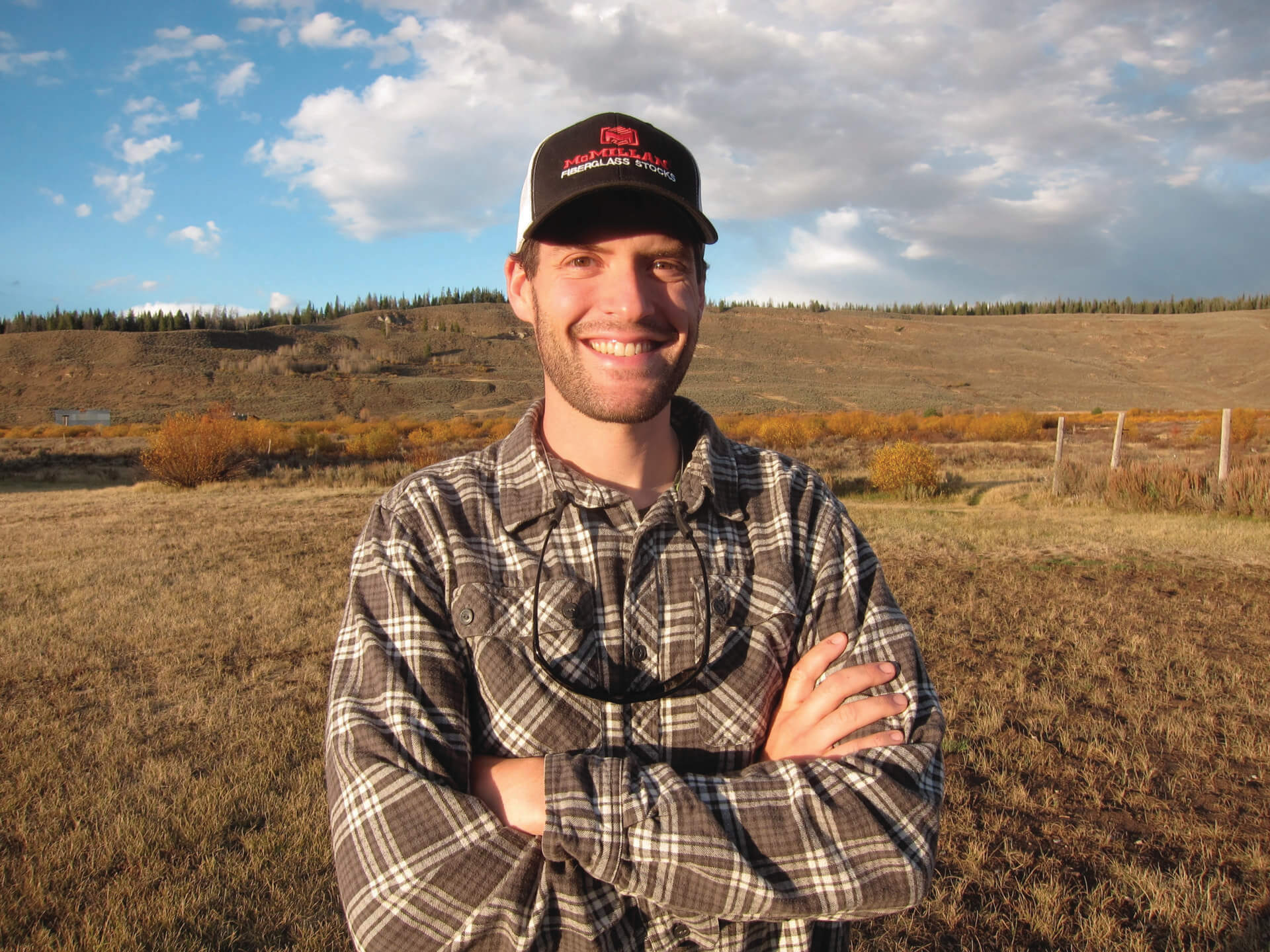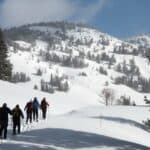Read The
Current Issue
Profile: Glenn Owings
Offering kids dozens of opportunities through Teton County 4-H.
// By Samantha Simma

“People always value connection, and that authentic connection is the hallmark [of 4-H],” says Glenn Owings, who was the Teton County 4-H/Youth Development Extension educator for five years. Owings says he loved being involved in Teton County 4-H because he got to observe 4-H participants develop into young adults that are articulate and confident, among other life skills. (This past November, Owings took a position elsewhere in the University of Wyoming Extension, which administers the state’s 4-H clubs.) “They know who they are, they feel confident being able to express themselves, and it’s facilitated by the 4-H program and its great volunteers,” he says. “There are so many unselfish volunteers that share their time and really high-quality people that care about each other and want each other to be successful.”
After graduating from Montana State University with a master’s degree in rangeland ecology, Owings moved to Wyoming with his wife and kids to work for the Sublette County Conservation District. His interest in rangeland ecology stemmed from a family background in forestry, which helped shape his view of land use and natural resource management. “Managing [natural resources] wisely, and scientifically, is important to maintain the way of life we appreciate,” he says.
A few years into his position with the Sublette County Conservation District, Owings began working with the University of Wyoming Extension on a variety of habitat projects, doing range work with private landowners and federal land agencies. Although not directly involved with 4-H at this time, Owings got to know it because, although a national organization, in Wyoming it is a University of Wyoming Extension program.
“I realized how much of an impact [4-H] had on kids’ lives and the positive life skills it helped develop,” Owings says. “From there, I became more interested in engaging with 4-H as my primary profession.” He started as a Teton County 4-H/Youth Development Extension educator in March 2019. His own kids—ages 8, 9, 14, and 16—have been involved in a variety of Teton County’s 4-H programs, including shotgun club, sewing, photography, and the small animal club.

I realized how much of an impact [4-H] had on kids’ lives and the positive life skills it helped develop.”
Growing up in Missoula, Montana, Owings did not participate in 4-H himself and believes that this allowed him to approach it with a newcomer’s perspective. “I think that has helped me reach out and connect with folks who maybe haven’t grown up in it and would like to explore that opportunity,” he says. “And the veracity of the information that’s shared, it’s really a well-thought-out and well-structured program that I just wasn’t aware of as a kid.” Although 4-H is no longer his career, Owings anticipates his family will remain involved in it: “I hope my kids are involved as long as they can be. I have seen how much it benefits them, the culture, and environment, and the difference it makes in their lives,” he says.
In the Teton County 4-H program, Owings says you’ll find more traditional livestock programs alongside cooking, archery, sporting clays, sewing, quilting, and a dog club. “We offer a lot of different opportunities,” he says. “It’s not just big livestock like steers, sheep, and pigs; kids that might not have quite as much space at their house can have a rabbit, chickens, or something like that.” The diversity of the programming ensures that participants find a 4-H project they’re truly passionate about exploring.

The Teton County Fair (July 19–27, 2025) is a central opportunity to observe what local 4-H participants have worked on throughout the year. While the animals and livestock on display at the fair are most commonly associated with the 4-H program, Owings encourages people to stop by the exhibit hall. “All of our static exhibits will be there—whether it be quilting, sewing, or cooking,” he says. “Kids will sometimes do a poster talking about the community service they’ve been working on if they’re in our Civic Engagement Club. Things that people don’t necessarily know we do in 4-H.”
Although he’s recently moved on professionally from Teton County 4-H, Owings says the memories will stay with him. “The opportunity to learn and be in a safe environment, and interact with adult leaders who oftentimes end up becoming mentors for these kids—that’s really special to see,” he says.
4-H at a Glance
4-H was founded in 1902 in Clark County, Ohio. At the time it was called The Tomato Club or the Corn Growing Club. Later that same year, Douglas County, Minnesota, started local agricultural after-school clubs and fairs. These clubs sought to connect public school education to country life. The clover pin with an H on each leaf—standing for head, heart, hands, and health—was introduced in 1910, and by 1912, the clubs were known as 4-H. In 1914, 4-H was brought under the new Cooperative Extension System at the USDA and nationalized.
While 4-H clubs initially focused on agriculture, today there are six million kids and teens between 8 and 18 years old in 4-H clubs across the country addressing issues from global food security to climate change, sustainable energy, childhood obesity, and food safety. 4-H out-of-school programming, in-school enrichment programs, clubs, and camps also offer a range of STEM opportunities, from agricultural and animal sciences to rocketry, robotics, environmental protection, and computer science. There are 4-H clubs in all 50 states—it’s the largest out-of-school youth organization in the country—and in Wyoming, every county and the Wind River Indian Reservation has a 4-H program. Teton County’s program has more than 200 members. JH




